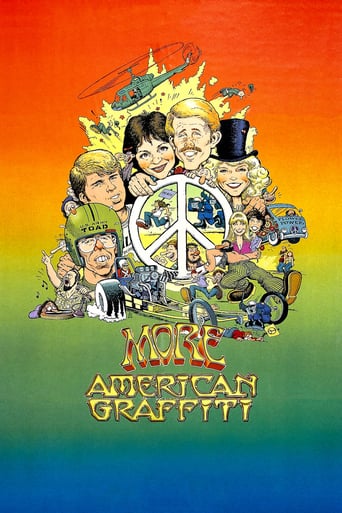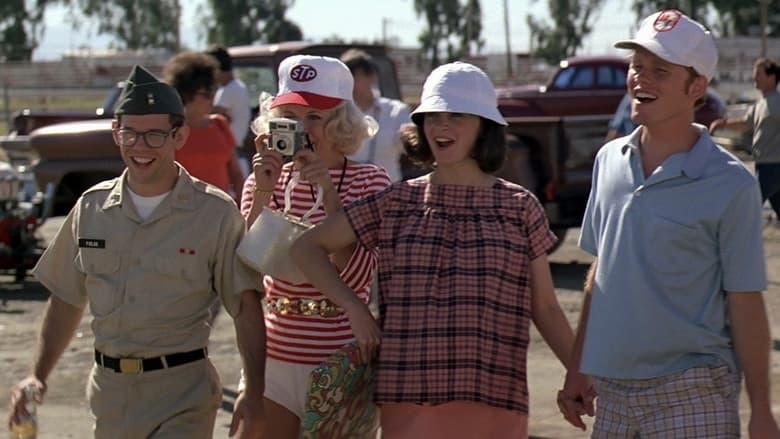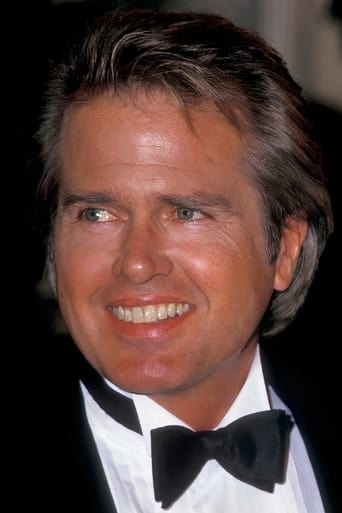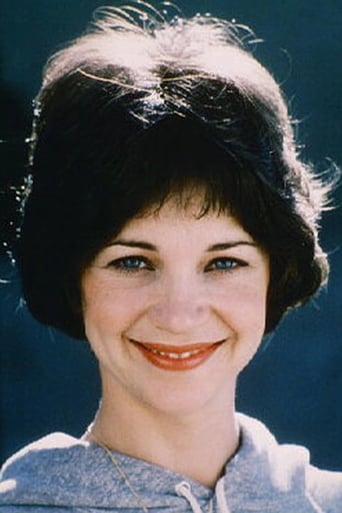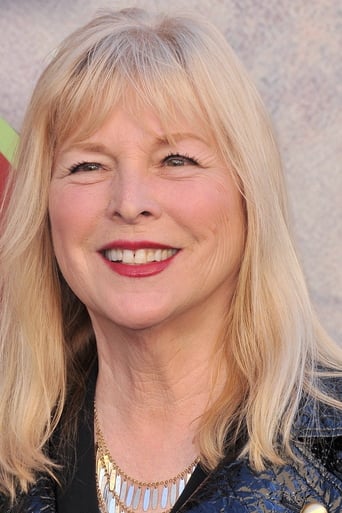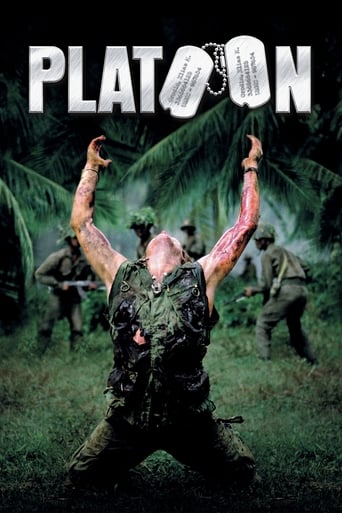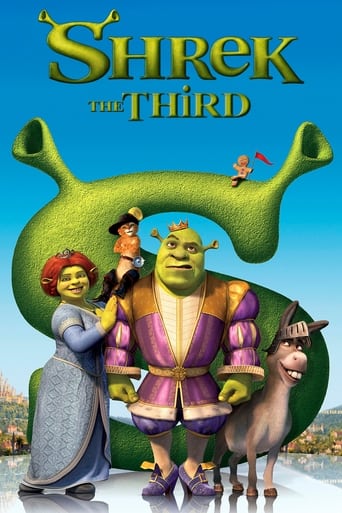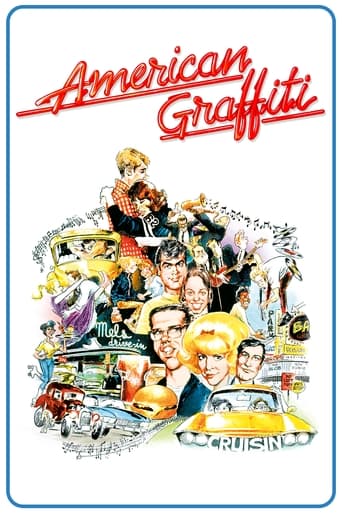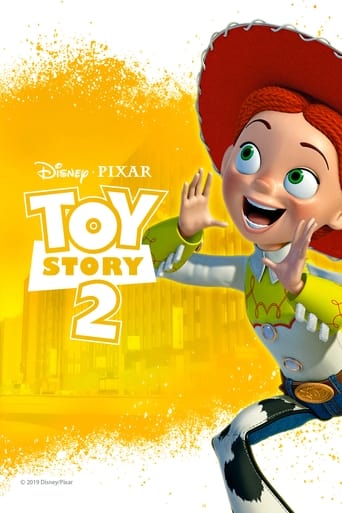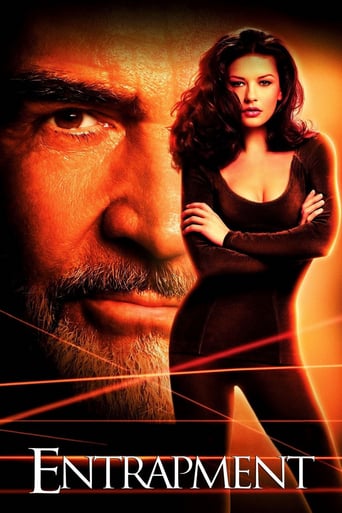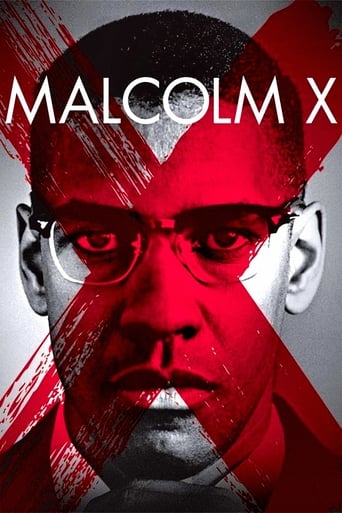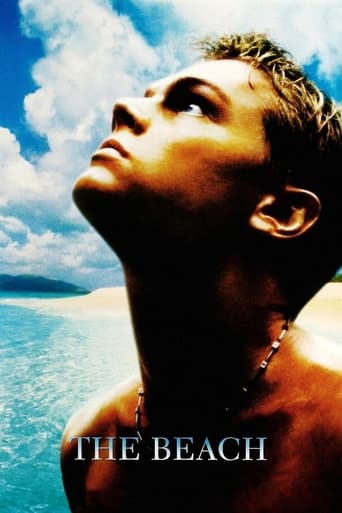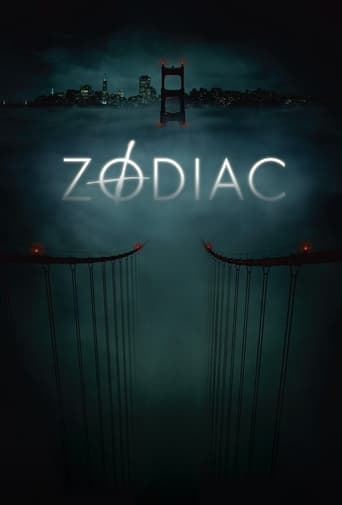More American Graffiti (1979)
College graduates deal with Vietnam and other issues of the late '60s.
Watch Trailer
Cast


Similar titles
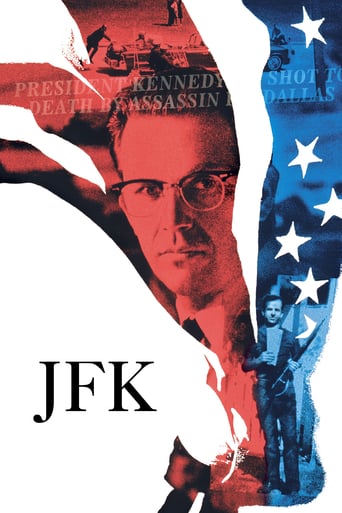
Reviews
Some Spoilers After seeing Happy Days, then seeing American Graffitti, I was happy to identify characters, that carried over from the movie to the TV Show. However, you could not really identify the characters in common from More American Graffitti and Happy Days.More American Graffitti does not have the same focus as American Graffitti and the characters, are not in the same stage of their lives.More American Graffitti presents the stories of 4 characters in a more adult stage of their lives on four consecutive New Years Eves, John Milner in drag racing in 1964, Terry Fields in Viet Nam in 1965, Debbie Dunham in San Francisco in 1966, and Steve and Laurie Bolander in Modesto in 1967. Additionally, the music of the sixties is mixed into the movie. The events of that day are not extremely interesting but can keep your interest.One problem with this movie is that we know from the ending of American Graffitti that two of the characters died on the day they are focused on. We keep following those two characters throughout that day, fearing we will see them die. It is like movie about events taking place the morning of November 22, 1963 in Dallas up to 12:29 PM.
After American Graffiti one would think that a sequel would not be necessary. The fates of most of the main characters is revealed at the end of the film, and the film itself complete with no further explanation really necessary. But, likely, with the success of Star Wars and George Lucas, Universal must have been thinking, "Hey, let's make a sequel to American Graffiti. Let's cash in that check!" I can't blame anyone for having that mentality. This is the United States of America, and I believe in Capitalism. However, when that mentality has been exercised with the film industry, 975 times out of 1000 the result has been substandard at best, and as a sequel, More American Graffiti is substandard at best. It doesn't retain the nice feel that its predecessor had. Not all the characters are there and together throughout the film. Richard Dreyfuss probably had the best foresight of any of the other actors in the original, "This movie's not going to be as good as the original." He also had the most success out of the bunch from American Graffiti up to 1979, having starred in Jaws (1975) and Close Encounters of the Third Kind (1977), not that I'm saying the rest of the cast from American Graffiti is bad. So the success and the hypothetical foresight might likely be why he did not opt to be in the sequel. Having the rest of the cast, including Wolfman, return for the sequel gave it some amount of integrity, but the acting wasn't exactly the best in this film. Another thing that gives it integrity is the fact that it has four separate plots intertwined and being told at the same time, just like the original, but with a twist...each plot is set in a different year. You have to be paying attention or you'll get lost. Despite it being far inferior to its predecessor, More American Graffiti, by itself, is interesting. Big tip: don't watch it right after watching American Graffiti. That helps a lot. It starts on New Year's Eve, 1964 at a drag Racing Strip where John Milner is racing for money and trying to get sponsorship. Steve and Laurie and Terry and Debbie go to see John and wish him luck. After that scene, the film goes to New Year's Eve 1965 with Terry in Vietnam trying to shoot himself with his own M16 (which speaks hours about what it was like to be in Vietnam during the conflict). After we leave Terry botching his own wound self-infliction, we move to New Year's Eve 1966 and see Debbie driving in San Francisco, nonchalantly lamenting over the anniversary of the loss of her friend John Milner and her boyfriend, Terry to her current boyfriend Lance. She's no longer a platinum blonde heart breaker that likes Old Harper, but a hippie/groupie that likes marijuana. She get's pulled over by an Officer Bob Falfa (Harrison Ford), and Lance gets taken in for possession of a joint (after having consumed the entire stash of weed he had in the glove compartment of Debbie's car, no less). Debbie's subplot sort of splits off a little bit having Carol (or Rainbow, as she's affectionately referred to by her hippie friends) there with her. After we leave Debbie with the dilemma of having to bail out Lance, we go to New Year's Eve 1967 to see Steve and Laurie with their twin boys. Steve and Laurie have a tumultuous marriage with children. Laurie wants to get a job and start a career of her own, as opposed to being simply a housewife, and Steve, being old-fashioned in ways, forbids it, which makes Laurie angry and causes her to leave the house to go see her brother. This subplot sort of branches into two halves: Steve's side and Laurie's side, but it later comes back together. The 1964 and 1967 subplots are pretty much presented in rather normal fashion. The 1965 subplot is presented in grainy hand-held super 16mm film, trying to resemble war reporters' footage. The 1966 subplot is presented with multiple frames with different angles and shots playing out at the same time kind of like Woodstock (1970) was, trying to get a sort of documentary feel. This very eclectic manner of presentation struck me as rather interesting, as did the nonlinear plot. It keeps you on your feet. So, if you're into that sort of thing—if you like how Quentin Tarrantino tells a story— you might like this. Another aspect that this film has that the original also has, is have the voice of the Wolfman over the radio playing a vast amount of music from the time. Wolfman sort of acts as a master of ceremonies and ties all the subplots together, as does the music he plays. Instead of just hearing Buddy Holly, Bill Haley Chuck Berry and other staples of blues and early rock, we also hear The Doors, The Supremes and The Byrds—staples of that great time in music in the United States. The soundtrack rivals that of Forrest Gump with it's extensive amount of tracks and eclectic sounds. The early selections are there to sort of tie this film to its predecessor and remind you of American Graffiti; while the more recent (for the setting of the film) selections are there to supplement and complement the events. And the soundtrack is presented in the film in the way that the original presented its soundtrack. The music is not there like an orchestral score, but it is being experienced by the characters themselves, for the most part, and it is presented with the certain distortions that the environment in which the characters are has upon it. In conclusion, the film itself is not a terrible film, but since it is billed as a sequel to American Graffiti and is far inferior to its predecessor, I must give it a 6 out of 10.
Further adventures of the characters from American Graffiti. A lot of people reacted badly to the fact that the first movie was linear, happening in chronological order over one night, while the sequel is spread over 4 years and jumps around from one year to the next, etc. Add the split screen (which is an homage to 60's visual styles) and people got confused and tired of trying to keep track of which story and what period of time was being portrayed. That said, there are some really great scenes in this movie. In particular, I loved the scenes where Laurie (Cindy Williams) goes to the campus protest, gets caught up in it when she wasn't any part of it and has to run for her life (had this happen to me once). Then when her husband Steve (Ron Howard) steals a police van to rescue her, it was a delightful turn of the tables.
The gang is back for more! Ron Howard and Cindy Williams are now married! Her brother is demonstrating against the draft and Charles Martin Smith is doing everything he can in Vietnam to get sent home.The issues of the 60's are brought to light here, but it's all over the place, beginning with New Year's Eve 1963, then three minutes later, it's New Year's Eve 1964, then three minutes later, it's New Year's Eve 1965, then three minutes later, it's back to 1963 again. Martin Smith is talking about his friend dying in a drag race a year ago, and a couple of scenes later, this friend is winning his next heat in a drag race and to top it all off, the drug scene and the flower children enter the picture (or pictures, in some cases, as many as three different camera shots are shown on the screen at the same time).If you want to watch this film, you have to WATCH this film, but I'd advise you to stick to the original and leave it there. Wolfman Jack is heard in the beginning of the film before almost every song played in the background, but where'd he go? Maybe HE couldn't keep up with this film, either, and quit! 2 out of 10 stars!

